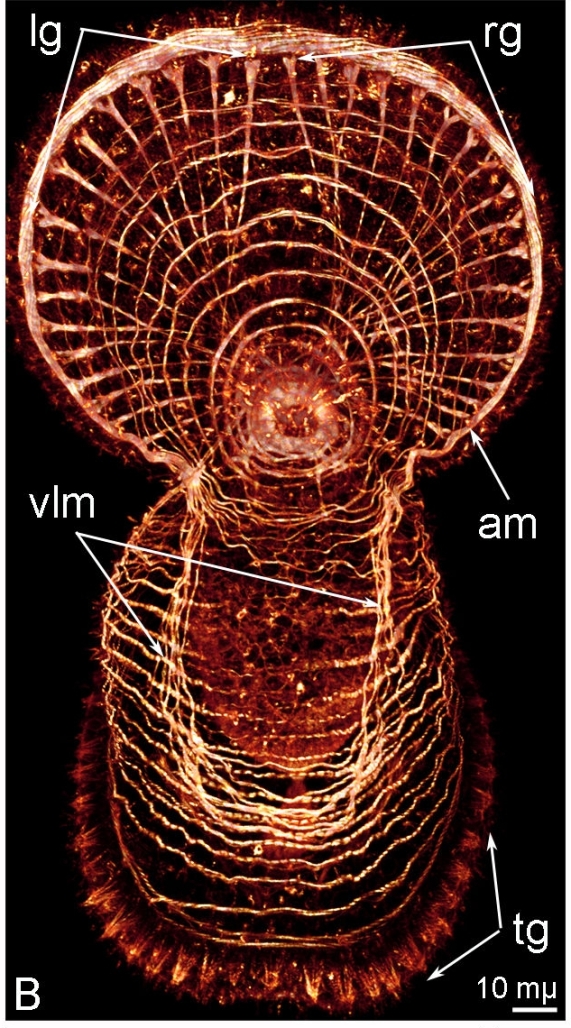It’s a little-known fact that before/in between wanting to be a biologist, I almost got sucked into astronomy. The cosmos still fascinates me, from the menagerie of space rocks and gas balls that fill our own solar system to the mysteries at the edge of the known universe. To the evolutionist in me, the possibility of life on other worlds is an especially tantalising idea. And now we are finding other worlds at a breakneck pace. I don’t think we will ever know what life is like on any of them, though detecting its existence may once become possible.
Did I mention planet hunting is awesome?
I am talking about the citizen science project Planet Hunters, of course. This is only one of the amazing projects you can participate in at the Zooniverse (which gets its name from Galaxy Zoo, the project that started it all). The main mission of Planet Hunters is, of course, to find planets orbiting other stars. You, the user have to look at a month’s worth of brightness measurements from a star, and search for the tell-tale dips that betray an extra-solar eclipse. Like this:

Most of the more spectacular ones have already been found by this point – either by your fellow hunters, or by the team operating the Kepler space telescope, which provides all the data. However, there are so many other gems to discover among those messy light curves that it almost doesn’t matter if your planet-hunting thunder is perpetually stolen.
Sometimes, you find pure beauty. One of the most common types of Interesting Stuff that the Kepler data offer is eclipsing binaries. These are pairs of stars orbiting each other in a way that we see their orbits edge on. Like the planets, these binaries eclipse their companion stars. Since stars are bigger and brighter than planets, the eclipses are much bigger compared to the noise in the data, so an EB has neat, clean dips in its light curve, occurring with clockwork regularity.

Some of them are so close together and orbit so fast that at Kepler’s resolution, a month of their light looks more like lace than a pattern of ups and downs.


And then there are all the others; dwarfs and giants, variable stars regular and haphazard, huge flares, weird things like cataclysmic variables. Even if you are in it for the planets, you can’t help but learn a lot about the stars. After a while, they become like family. You look at a light curve and you can immediately guess whether it’s a dwarf or a giant, whether it’s cool or hot, whether it’s a binary or a loner, or even if its’s one of the rarer breeds of stars you might come across. It’s a bit like birdwatching. If you’ve ever got disproportionately excited from recognising a rare bird (or flower, or insect, or sports car), you know what I mean. (If you haven’t, what are you waiting for? ;))
I’m grateful to the people who make these adventures possible. It’s great that I can play at astronomy, see all that neat stuff, contribute to a field I have absolutely no expertise in, and learn from the knowledgeable folks that hang around the forums. The Zooniverse deserves every one of its hundreds of thousands of users and millions of clicks, is all I’m saying 🙂










